Mark Scott Smith's Blog: Enemy in the Mirror, page 131
June 12, 2013
Greater East Asian Sphere of Common Prosperity – February 1941

Yosuke Matsuoka; Wikimedia Commons
“It is my firm belief that the establishment of a sphere of common prosperity throughout Greater East Asia is not only Japan’s policy, but indeed a historical necessity in the event of world history.”
- Japan’s Foreign Minister Yosuke Matsuoka at the opening of the Thai-French Indo-China border dispute conference
.


June 10, 2013
World War Two Bomb Explodes in Central Tokyo
Charles Lindbergh urges neutrality pact with Germany – 1941

Charles Lindbergh; Wikimedia Commons
In January 1941 America First advocate Charles Lindbergh testified before the House Committee on Foreign Affairs against the Lend-Lease Bill. Instead, he proposed the creation of a neutrality pact with Germany. After President Roosevelt criticized his views on neutrality as appeasing and defeatist, Lindbergh resigned his commission in the U.S. Army Air Corps.


June 7, 2013
Hitler and Japanese Ambassador Meet in Berlin – February 1941
From 1934-1939, as the Imperial Japanese military attaché in Berlin, Colonel Hiroshi Ōshima, who spoke excellent German, became well acquainted with Adolf Hitler and his foreign policy advisor Joachim von Ribbentrop.
Returning to Berlin in February 1941 as Ambassador, Ōshima reportedly discussed with von Ribbentrop the possibility of a joint German-Japanese initiative for war against the British Empire and the United States.


June 5, 2013
Tuskegee Airmen – 1941
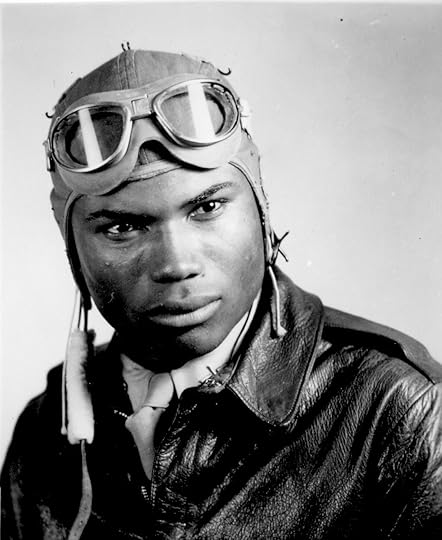
Captain Howard Wooten; Wikimedia Commons
The 99th Pursuit Squadron, an African-American unit from Tuskegee, Alabama was formed in January 1941.
Later renamed the 99th Fighter Squadron, the Tuskegee airmen fought throughout the Mediterranean and European theaters.


June 3, 2013
Japan solidifies occupation of French Indo-China – January 1941
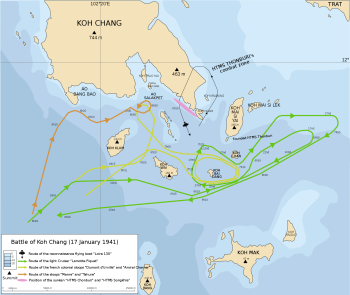
Battle of Koh Chang 1941; Wikimedia com
In January 1941 Vichy French defeated the Thai Navy in the battle of Koh Chang. A truce in the Franco-Thai War was arranged by the Imperial Japan Japanese government that also confirmed Japan’s military occupation of French Indo-China and access to Indo-Chinese rice, rubber, coal, and minerals.
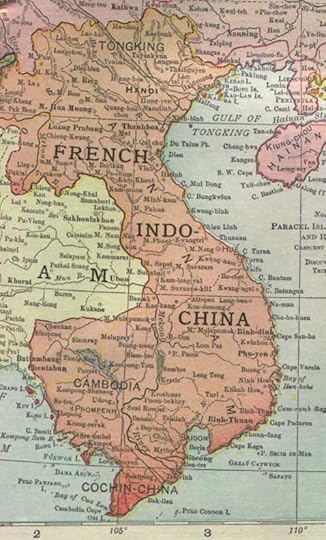
French Indo-China 1941; Wikimedia Commons


May 31, 2013
The Four Freedoms – 1941 Franklin D. Roosevelt

The Four Freedoms January 1941; wikimedia commons
freedom of speech and expression– everywhere in the world
freedom of every person to worship God in his own way — everywhere in the world
freedom from want, which, translated into world terms, means economic understandings which will secure to every nation a healthy peacetime life for its inhabitants — everywhere in the world
freedom from fear, which, translated into world terms, means a world-wide reduction of armaments to such a point and in such a thorough fashion that no nation will be in a position to commit an act of physical aggression against any neighbor — anywhere in the world.
American Rhetoric: Franklin D. Roosevelt — “The Four Freedoms”.


May 29, 2013
靖国神社 Yasukuni Shrine – Japan’s War Memorial
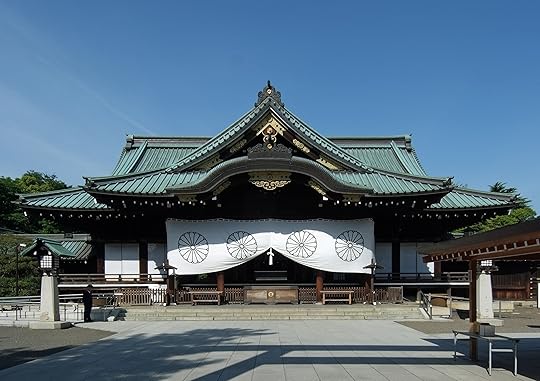
The Shinto Yasukuni Shrine was created during the Meiji Restoration to commemorate the individuals who had died in service of the Empire of Japan. In the shrine are numerous photographs and war paraphernalia and the names, origin, birthdate and place of death of 2,466,532 men, women and children.
Recently, significant controversy has arisen regarding visits to the shrine by right wing members of the Japanese government who find little fault with Imperial Japan’s aggression earlier in the century and express little regret for the suffering inflicted on millions of people in Asia.


May 27, 2013
O my soldiers, my veterans – Memorial Day
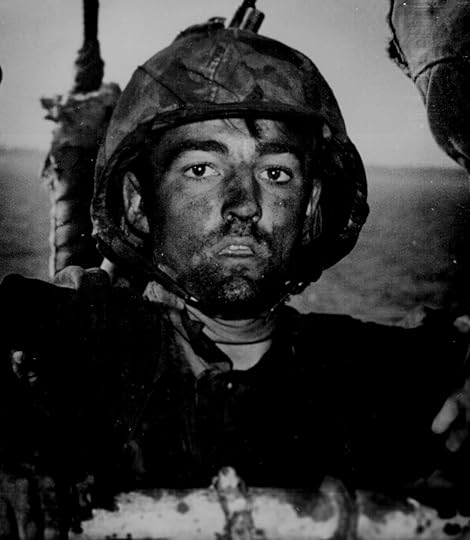
U.S. Marine after 2 days on Eniwetok 1944; Wikimedia Commons
The moon gives you light,
And the bugles and the drums give you music;
And my heart, O my soldiers, my veterans,
My heart gives you love.
- from Walt Whitman “Dirge for Two Veterans” in Leaves of Grass 1867.
http://en.wikipedia.org/wiki/United_States_military_casualties_of_war


May 24, 2013
大日本航空株式会社 Imperial Japanese Airways
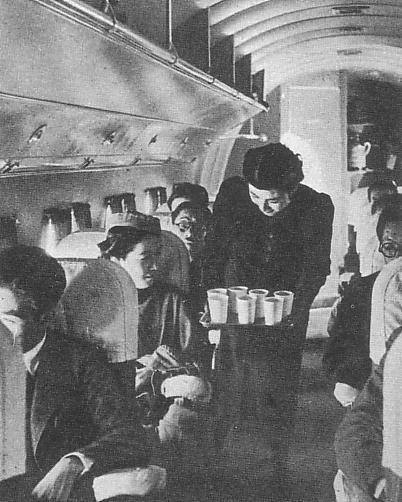
Imperial Japanese Airlines 1940; Wikimedia Commons
In the late 1930s, Imperial Japanese Airways (大日本航空株式会社 Dai Nippon Kōkū Kabushiki Kaisha) flew extensive domestic and international routes. At the onset of the Pacific War in December 1941, all commercial operations were suspended, and aircraft requisitioned for military use.


Enemy in the Mirror
I began by posting events around the turn This website www.enemyinmirror.com explores the consciousness, diplomacy, emotion, prejudice and psychology of 20th Century America and her enemies in wartime.
I began by posting events around the turn of the 20th century as I was researching my first novel about the Pacific War. I continued through WWII for my second novel about the Battle of the Atlantic. Now I am beginning to look at the Cold War as I gather information for my next novel about the Korean War. ...more
- Mark Scott Smith's profile
- 7 followers






